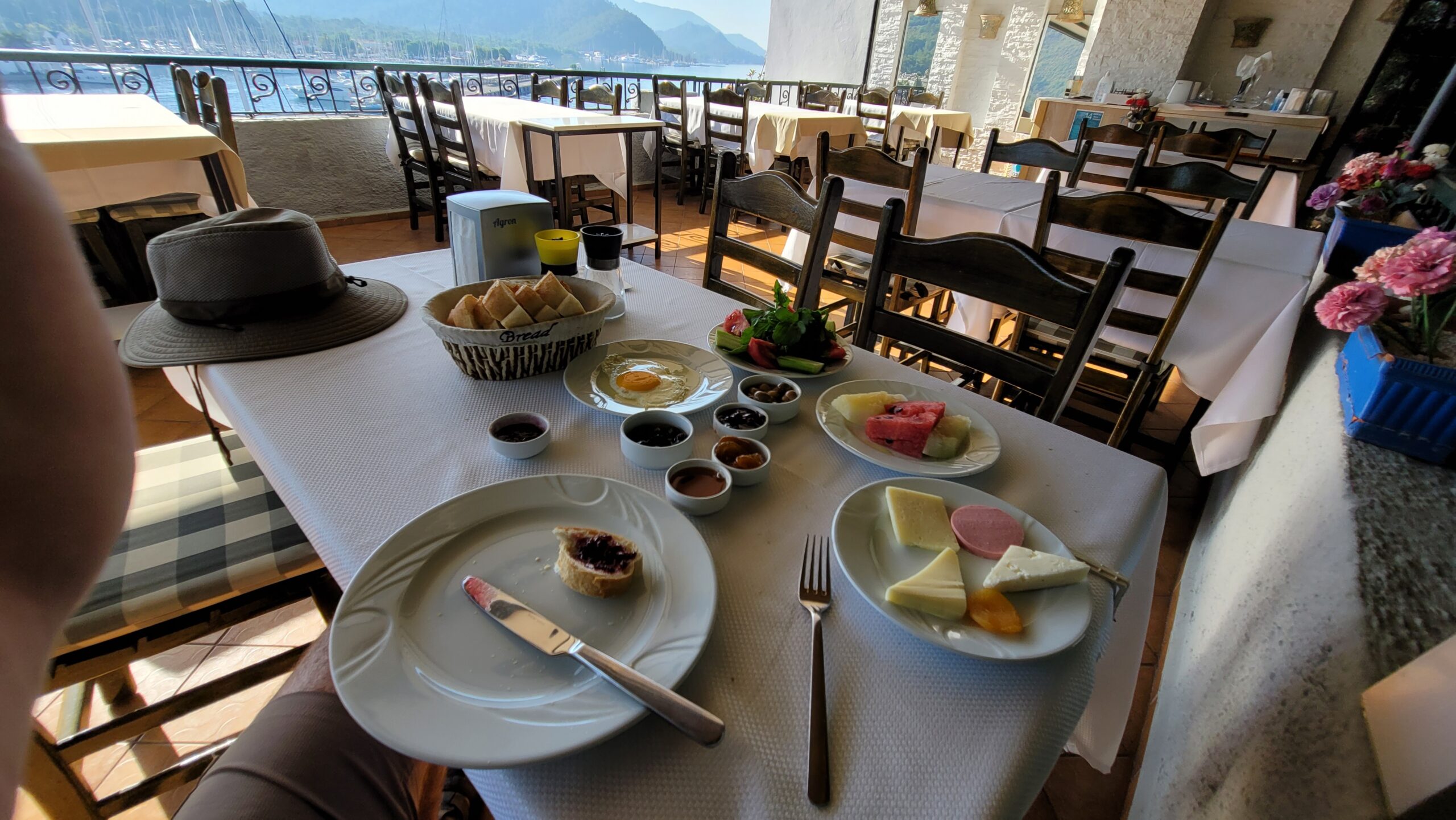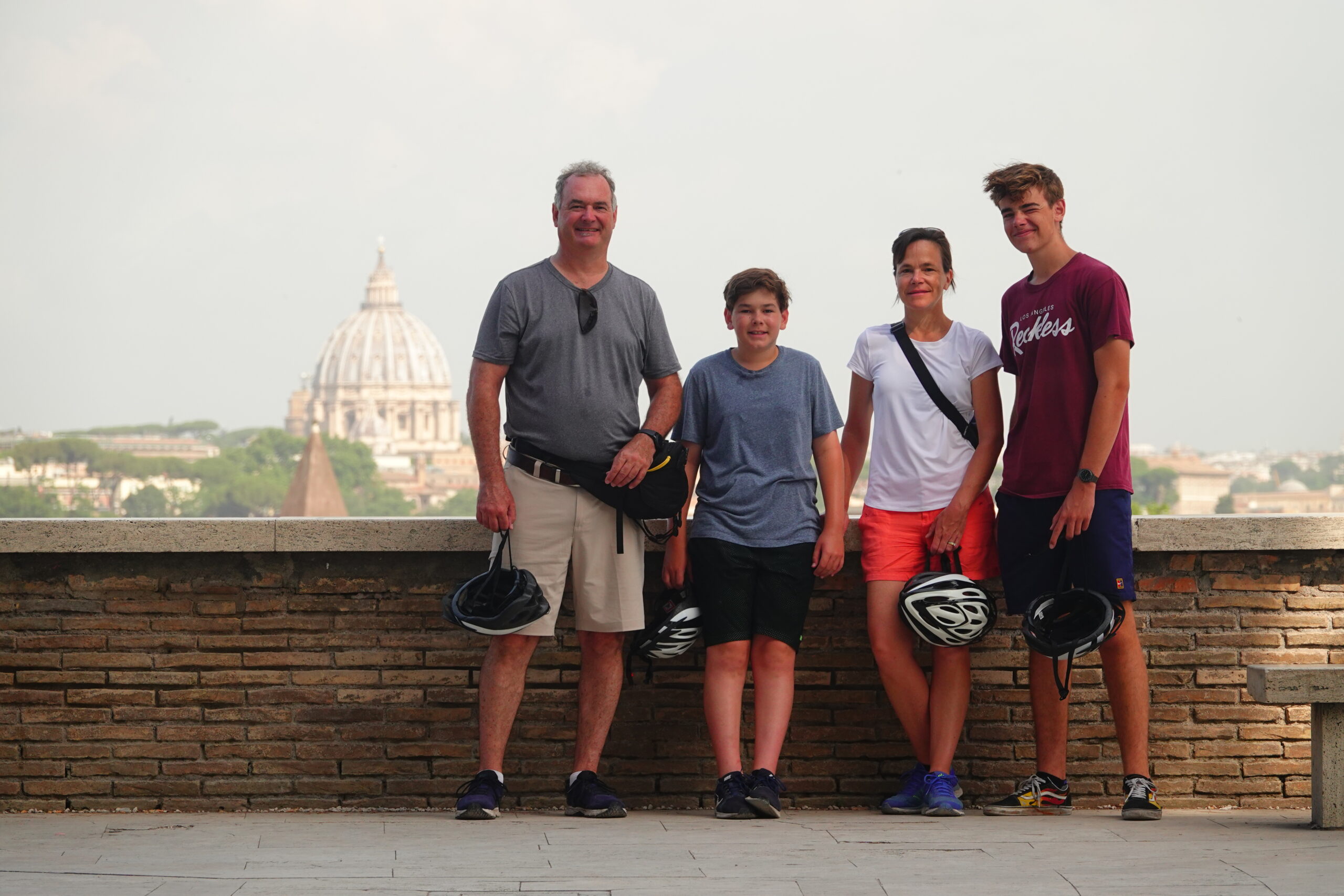We were hoping to go to the largest cistern, the Basilica cistern, but unfortunately it was closed for maintenance work. That left the second largest, the Binbirdirek (cistern of Philoxenos) to explore which was fine as I had already visited the Basilica cistern many years previously. The cistern was huge, and could contain around 40,000 cubic meters of water (approx. 16 olympic sized swimming pools). While the Basilica cistern is still wet and contains water, the Binbirdirek is dry and hosts many public and private events including music concerts, festivals, fashions shows, and weddings.
There are hundreds for cisterns estimated to be under the streets of Istanbul that collected water centuries ago, and the Binbirdirek Cistern was one of the main underground reservoirs that served the city of Constantinople. ‘Binbirdirek’ translated means 1001 Columns, even though this cistern hosts only 224 columns in its cavernous interior.
Built around the 5th century, this cistern, fell into disrepair and had little use until the late 15th century when it was used by silk spinners. It was ‘rediscovered’ in the 17th century, when Vizier Fazlı Pasha built a palace close by. In the 19th century, it was again used as a workshop for silk spinners and in the 20th century, it was used as a warehouse before before being restored in 2003 and becoming a museum.
Where To Go In

Visiting inside, we were amazed at just how big an engineering feat this must have been back then all being made from hand. The current floor level us a lot higher now than when the cistern was first built and the columns that were visible still had a lot of height that was still underground. This made the seemingly high ceilings even higher if the floor was at its original level.
If you look at the Capitals (ornate tops of the columns) and on the collars mid height, you may see a YKN mark. This was the ‘signature’ or the Greek stone mason that built the column all of those centuries ago.
It was great visiting this cistern as it was not as highly trafficked as the more popular Basilica cistern. The cool air, the earthy smells, the echo’s off the walls, all had a slightly eerie feeling and it also reminded us that there is a lot more to a city below some cities than you would normally be aware of above ground.
A worthwhile hour or so of your day!
Interesting Fact: The more popular Basilica Cistern was discovered only relatively recently in 1545 by a Frenchman called Petrus Gyllius who wondered how locals were catching fresh fish in the nearby streets. His investigations revealed that the happy fisherman had their houses located above the cistern and could catch the fish through wells that they had sunk in their basements. The Basilica Cistern still has water in it today and you can still see some of the carp swimming though it.




